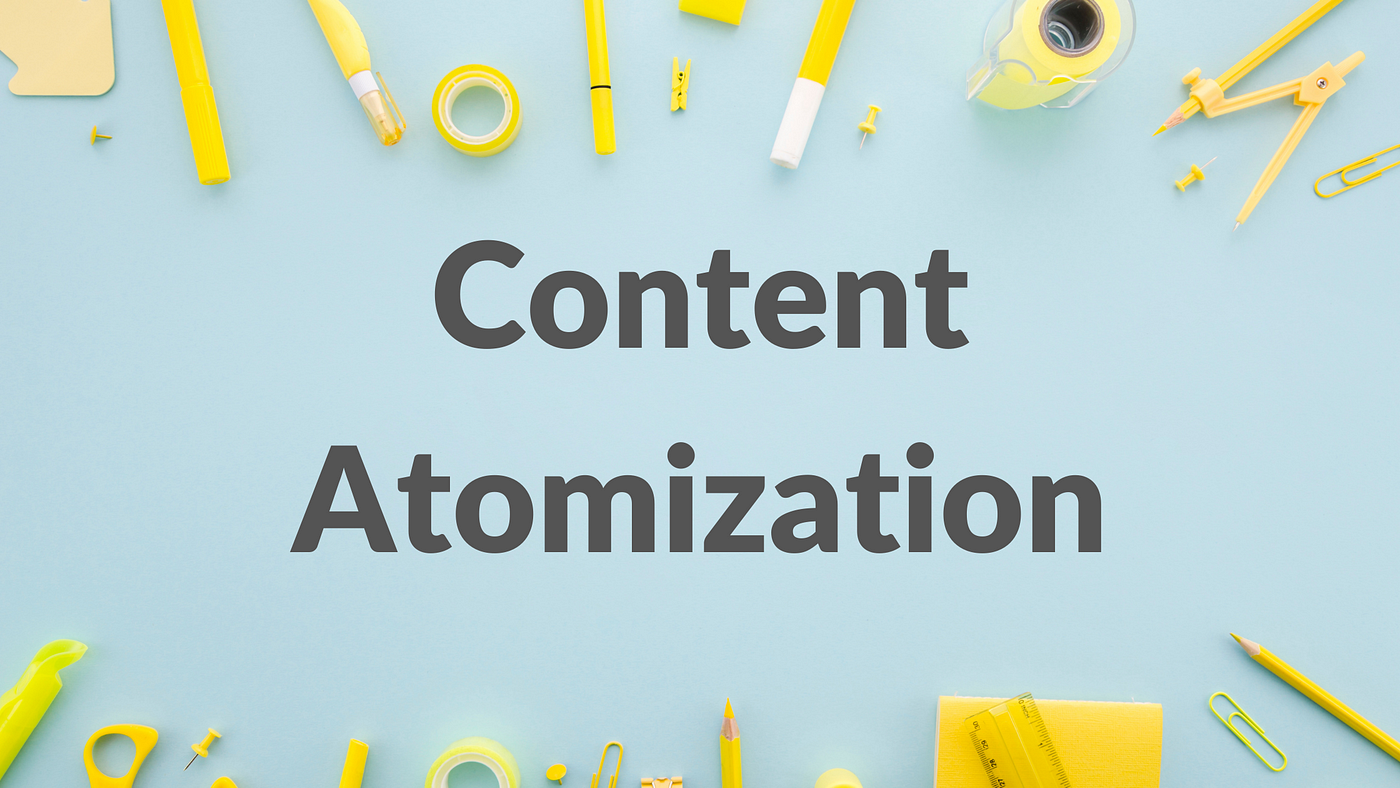Atomization Technology: Revolutionizing Modern Industries
Atomization technology, a groundbreaking innovation, has become a cornerstone in various industries, transforming processes and delivering unparalleled precision. From healthcare to manufacturing, this technology’s versatile applications and benefits are shaping the future. In this blog, we delve into what atomization technology is, its applications, benefits, challenges, and its promising future.
What is Atomization Technology?
Atomization technology involves breaking a liquid or solid material into fine particles or droplets, creating a mist, spray, or powder. This process is achieved using devices such as atomizers or nozzles that apply energy to overcome the surface tension of materials. The result? Fine particles that are uniform in size and easy to handle.
This technology is widely used in industries like manufacturing, healthcare, agriculture, and food processing. For instance, atomization enables precise delivery of medication in inhalers and creates fine powder for powdered milk production. Its applications continue to grow as industries demand higher efficiency and precision. CMO of PAR Technology: Leading Innovation and Growth in the Industry
Applications of Atomization Technology
1. Healthcare
One of the most impactful uses of atomization technology is in the healthcare sector. Nebulizers and inhalers leverage this technology to deliver medication in a fine mist, allowing for effective respiratory treatments. Atomization ensures precise dosages and improves patient outcomes.
2. Manufacturing
In manufacturing, atomization is a game-changer. It’s commonly used in:
- Spray Drying: Creating powdered products such as milk powder, coffee, and pharmaceuticals.
- Metal Coating: Applying uniform layers of paint or protective coatings.
- Fuel Injection Systems: Enhancing combustion efficiency in engines by atomizing fuel into fine droplets.
3. Agriculture
In agriculture, atomization technology is applied to:
- Spray pesticides and herbicides with precision, minimizing waste and environmental impact.
- Distribute fertilizers evenly across large fields, improving crop yield and reducing resource use.
4. Food and Beverage Industry
Atomization helps produce consistent and high-quality powdered products, such as spices and instant coffee. It ensures flavor preservation and uniform texture, enhancing product appeal.
Benefits of Atomization Technology
Atomization technology offers numerous advantages across different industries:
1. Improved Precision
The ability to create uniform particles ensures consistent quality, making processes more reliable and reducing waste.
2. Enhanced Efficiency
Processes using atomization require less material and energy, cutting costs and improving operational efficiency.
3. Environmental Sustainability
With reduced waste and optimized resource use, atomization technology supports eco-friendly practices. For instance, in agriculture, precise spraying minimizes the impact of chemicals on the environment.
4. Versatility
From medical devices to industrial coatings, atomization technology’s adaptability makes it a valuable tool across a wide range of applications. Outsourcing Definition: A Comprehensive Guide to Boosting Business Efficiency
Challenges of Atomization Technology
While atomization technology boasts numerous benefits, it also faces challenges:
1. High Initial Costs
The equipment required for atomization, such as specialized nozzles or atomizers, can be expensive to procure and maintain, making it a significant investment for businesses.
2. Technical Complexity
The precision needed to achieve consistent particle sizes demands expertise and advanced equipment, which can be a barrier for smaller enterprises.
3. Maintenance Requirements
Frequent maintenance is necessary to ensure optimal performance and longevity of atomization systems, which can add to operational costs.
The Future of Atomization Technology
The future of atomization technology is bright, with advancements poised to address current challenges and unlock new possibilities. Innovations include:
1. Enhanced Efficiency
Future designs will focus on minimizing energy consumption and maximizing output, making atomization more accessible and cost-effective.
2. Smart Integration
With the rise of IoT and AI, atomization systems can be integrated into smart manufacturing processes, allowing for real-time monitoring and control.
3. Sustainability Focus
Ongoing research aims to develop more sustainable atomization techniques that reduce environmental impact further, such as using biodegradable materials and optimizing energy usage.
Businesses Using Atomization Technology
- Invest in Quality Equipment: High-quality atomizers and nozzles ensure consistent performance and durability.
- Regular Maintenance: Preventive maintenance reduces downtime and prolongs the lifespan of atomization systems.
- Train Staff: Equip your team with the knowledge and skills to operate and maintain atomization equipment efficiently.
- Monitor Advancements: Stay updated on technological advancements to adopt innovative solutions that can enhance your operations.
Why Atomization Technology Matters
Atomization technology is not just about creating fine particles; it’s about revolutionizing the way industries operate. By enhancing precision, efficiency, and sustainability, it offers transformative potential that benefits businesses and consumers alike. Whether you’re in healthcare, agriculture, or manufacturing, this technology can drive growth and innovation.
Conclusion:
Atomization technology is a game-changing innovation with far-reaching applications and benefits. While it presents certain challenges, ongoing advancements promise to make it more efficient, accessible, and sustainable. By investing in and leveraging this technology, industries can unlock new levels of precision and efficiency, paving the way for a more innovative and sustainable future.







